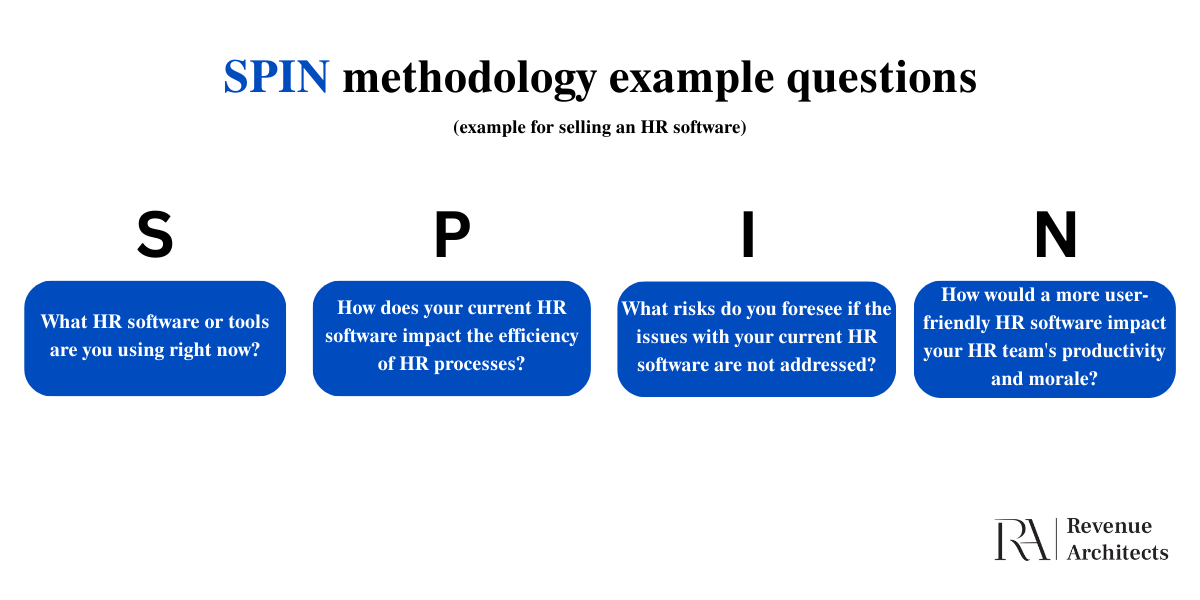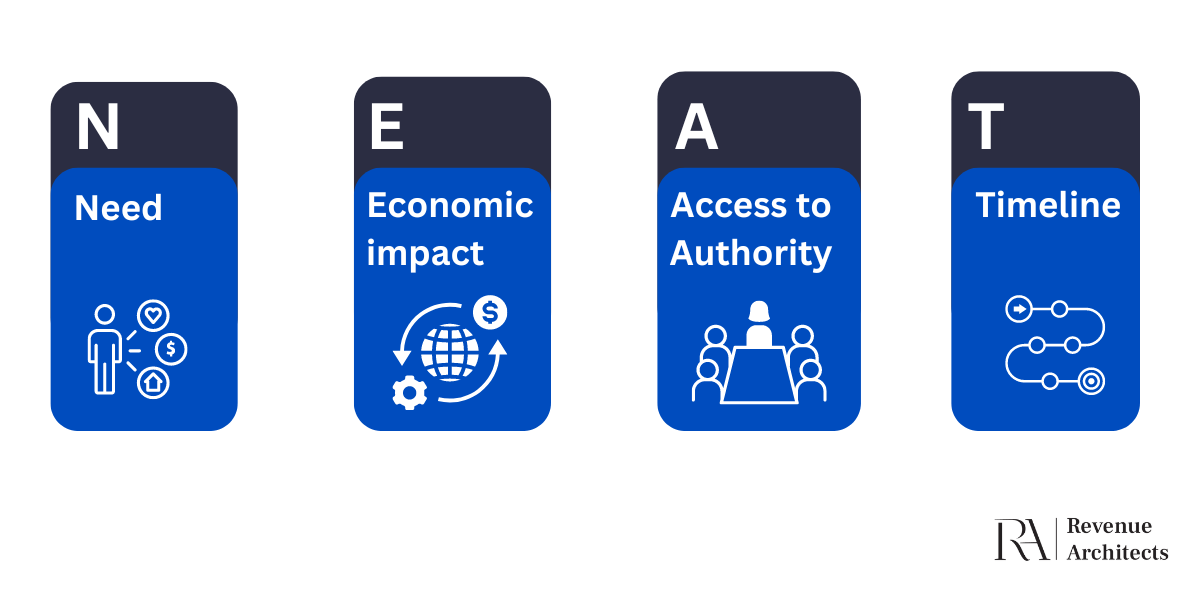Sales methodologies, more than just theoretical frameworks, are practical tools designed to help sales teams achieve their revenue goals. They provide principles and strategies that guide sales representatives through the complexities of the sales cycle. By implementing the right sales methodology, companies can equip their teams to meet challenges, close more deals, and drive productivity in a tangible, measurable way.
These methodologies are more than just guidelines; in fact, 80% of top-performing teams use specific sales methodologies.
As you explore the world of sales methodologies, you’ll discover a rich variety of options, each tailored to different aspects of the sales process. Many of these methodologies are born from a deep understanding of consumer behaviour and a thorough exploration of the pain points of potential buyers, offering a diverse range of approaches to sales success.
To help you, we’ll explain sales methodologies in a straightforward way.
We will discuss them, why they are important, and how to choose and use the best ones for your team. From exploring popular methodologies to offering tips on how to implement them, we’ll cover everything you need to know to improve your sales strategy and achieve greater success.
1.Challenger method
This method was developed in the book “The Challenger Sale” by Matthew Dixon and Brent Adamson, which was an instant hit. The authors analysed B2B sales personas and identified five different types: relationship builders, lone wolves, reactive problem solvers, hard workers, and challengers.
According to their research, the most successful type was the challenger. Challengers can educate their prospects about different world views and provide a customised perspective. These salespeople are always prepared for a debate and they deeply understand their prospects’ perspectives. They have the ability to push leads out of their comfort zones and challenge their way of thinking, which can get them interested in buying a product.
This methodology is crucial for sales reps in software sales and for those selling something new, especially those working for startups.
Here are the five steps for Challenger methodology, but pay attention that you can mention your product or service, only when you come to the last step.
Step 1:
The challenger demonstrates to the prospect that they understand their challenges and pain points. At this stage, they do not mention their products but rather focus on acknowledging the prospect’s pain and offering empathy.
Step 2:
The challenger reframes the prospect’s problem and explains that the current problem-solving method will not yield results. It is important to display confidence and assurance and to encourage practice and learning to address the issue.
Step 3:
It is crucial to present the prospect with data driven by numbers and highlight statistics associated with the proposed change. Additionally, the sales representative can share a case study or customer story showcasing a problem resolution using the new idea.
Step 4:
During this phase, the challenger educates the prospect about a new solution without mentioning the product they are selling. The focus is on portraying a positive future once the problem is resolved with an easy solution.
Step 5: At this point, the prospect should be determined to solve their problem, and you can now present your product, informing them that your team already has a solution for their problem.
The concept of SPIN selling was created by Neil Rackahm in 1988, based on his analysis of more than 35,000 sales calls over a decade. In this method, the focus is on asking the prospect all the right questions.
What does that mean?
This means that there are four different purposeful stages of asking questions.
Overall, the SPIN Selling methodology is effective because it is customer-centric, structured, and designed to uncover deep insights into the prospect’s needs and challenges. This approach not only helps in closing deals but also builds strong, long-term relationships with customers.
Here is an example:

The N.E.A.T. method is an updated methodology based on traditional qualification methods like BANT (a lead qualification framework focused on budget) and ANUM (a lead qualification framework focused on authority). It centres on four core areas of questioning: Need, Economic Impact, Access to Authority, and Timeline.
During this stage, our objective as sales professionals is to uncover the main issues and challenges faced by our prospects, which we can later address with our solutions. Listen and confirm your understanding to ensure that you and the prospect are on the same page.
This stage focuses on quantifying the potential benefits and cost savings of your solution. Show the prospects the financial risks of not switching providers or, better yet, demonstrate how your solution saves money and increases revenue for other clients. Utilize clear data and case studies to highlight the cost of inaction and the economic value of your offering.
This stage is about ensuring that you’re engaging with decision-makers or key stakeholders who can influence the purchase. The primary activity here is to identify the individuals in charge and build relationships with them, making the selling process smoother and more effective.
This step is crucial for both parties to have a clear vision of the future steps in the collaboration. Establish a clear timeline for decision-making and implementation to help manage expectations. Discuss and agree on the prospect’s timeline for making the purchase decision and outline the key milestones involved in the implementation process. Setting deadlines will make it easier to follow up and maintain momentum after the initial discussions.

When planning to change your sales methodology, it’s crucial to have trust in it and its results. This will help your team have more confidence in implementing new ways of work. Some people may find it harder to adopt new methods. That is why it’s important to present the new sales methodology clearly and simplify the steps. Providing examples to your sales team and reminding them of the end goal – such as increased revenue, improved workload, and better clients – can be helpful.
If you or your team are struggling to find the right sales methodology for your niche, don’t waste time searching in vain. Contact us via email or the contact form on our website to arrange tailored coaching sessions that will help to transform your business.
Growthnetix OÜ
Harju maakond Kesklinna
linnaosa, Ahtri tn 12, 10151
Tallinn, Estonia
VAT number: EE102550717